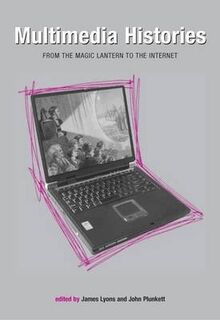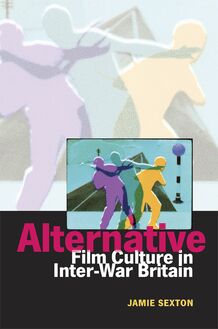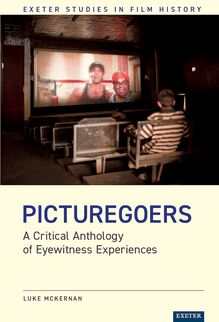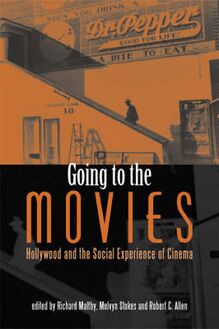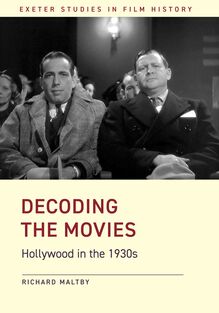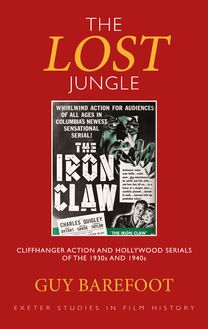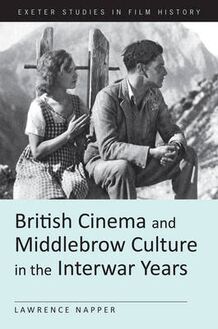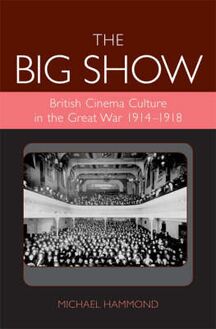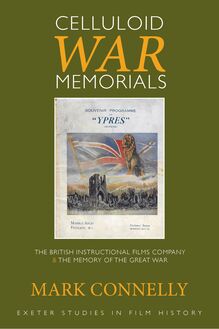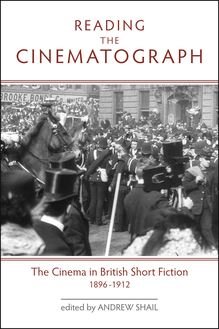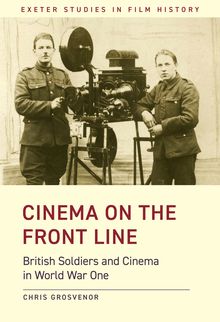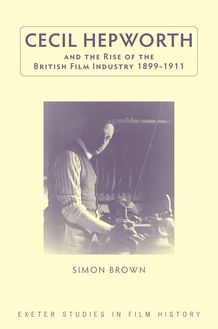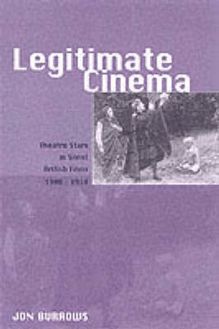-
 Univers
Univers
-
 Ebooks
Ebooks
-
 Livres audio
Livres audio
-
 Presse
Presse
-
 Podcasts
Podcasts
-
 BD
BD
-
 Documents
Documents
-
- Cours
- Révisions
- Ressources pédagogiques
- Sciences de l’éducation
- Manuels scolaires
- Langues
- Travaux de classe
- Annales de BEP
- Etudes supérieures
- Maternelle et primaire
- Fiches de lecture
- Orientation scolaire
- Méthodologie
- Corrigés de devoir
- Annales d’examens et concours
- Annales du bac
- Annales du brevet
- Rapports de stage
La lecture à portée de main
Découvre YouScribe en t'inscrivant gratuitement
Je m'inscrisDécouvre YouScribe en t'inscrivant gratuitement
Je m'inscrisEn savoir plus
En savoir plus

Description
Multimedia Histories: From the Magic Lantern to the Internet is the first book to explore in detail the vital connections between today’s digital culture and an absorbing history of screen entertainments and technologies. Its range of coverage moves from the magic lantern, the stereoscope and early film to the DVD and the internet.
By reaching back into the innovative media practices of the nineteenth century, Multimedia Histories outlines many of the revealing continuities between nineteenth, twentieth, and twenty-first century multimedia culture. Comprising some of the most important new work on multimedia culture and history by key writers in this growing field, Multimedia Histories will be an indispensable new sourcebook for the discipline. It will be an important intervention in rethinking the boundaries of Anglo-American film and media history.
Contents: Section 1: Exploring Remediation: Old into New Formats; Damian Sutton (Glasgow School of Art): 'The suppleness of everyday life': CGI, Lumieres, and perception after photography; Patrizia Di Bello (Birkbeck College): From the album page to the computer screen: collecting photographs in the home; Michelle Henning (University of West of England): The Return of Curiosity: The World Wide Web as Curiosity Museum; Dan North (University of Exeter): From Android to Synthespian: the myth of mechanical life; Section 2: Culture, Aesthetics and the Influence of New Media; Ian Christie (Birkbeck College): Toys, Instruments, Machines: Spectacular Illusion from Descartes to Moving Pictures and Beyond; Isobel Armstrong (Birkbeck College, University of London): 'Half sick of shadows': Optical toys and 'The Lady of Shalott'; Charlie Gere (University of Lancaster): John Cage's Early Warning System; Jonathan Bollen (University of New England, Australia): As Seen on TV: Social Dance pedagogy, Kinaesthetic crossover and the animatic imaginary; Section 3: Media Consumption and Interactivity; John Plunkett (University of Exeter): Depth, Colour, Movement: Embodied Vision and the Stereoscope; Andrew Shail (Northumbria University): Penny Gaffs and Picture Theatres: Popular Perceptions of Britain's First Cinemas; James Bennett (University of Wisconsin Madison): From Museum to Interactive Television, Spectacle to Education: Organising the navigable space of natural history display; Andrea Zapp (Manchester Metropolitan University): Networked Narrative Environments; Section 4: Bringing Media Together: Visions of Convergence; Kaveh Askari (University of California Berkeley): Photographed Poses and the Illusion of Movement in Alexander Black's Picture Plays; William Boddy (Baruch College, CUNY): 'Margin and chaos': Early Wireless and Multimedia History; James Lyons (University of Exeter): From Nip/Tuck to cut/paste: remediating plastic surgery online; Richard Grusin (Wayne State University): The Cinema of Interactions: DVDS, Video Games, and the Aesthetic of the Animate.
Sujets
Informations
| Publié par | University of Exeter Press |
| Date de parution | 02 mars 2015 |
| Nombre de lectures | 2 |
| EAN13 | 9780859899352 |
| Langue | English |
| Poids de l'ouvrage | 3 Mo |
Informations légales : prix de location à la page 0,1700€. Cette information est donnée uniquement à titre indicatif conformément à la législation en vigueur.
Extrait
-
 Univers
Univers
-
 Ebooks
Ebooks
-
 Livres audio
Livres audio
-
 Presse
Presse
-
 Podcasts
Podcasts
-
 BD
BD
-
 Documents
Documents
-
Jeunesse
-
Littérature
-
Ressources professionnelles
-
Santé et bien-être
-
Savoirs
-
Education
-
Loisirs et hobbies
-
Art, musique et cinéma
-
Actualité et débat de société
-
Jeunesse
-
Littérature
-
Ressources professionnelles
-
Santé et bien-être
-
Savoirs
-
Education
-
Loisirs et hobbies
-
Art, musique et cinéma
-
Actualité et débat de société
-
Actualités
-
Lifestyle
-
Presse jeunesse
-
Presse professionnelle
-
Pratique
-
Presse sportive
-
Presse internationale
-
Culture & Médias
-
Action et Aventures
-
Science-fiction et Fantasy
-
Société
-
Jeunesse
-
Littérature
-
Ressources professionnelles
-
Santé et bien-être
-
Savoirs
-
Education
-
Loisirs et hobbies
-
Art, musique et cinéma
-
Actualité et débat de société
- Cours
- Révisions
- Ressources pédagogiques
- Sciences de l’éducation
- Manuels scolaires
- Langues
- Travaux de classe
- Annales de BEP
- Etudes supérieures
- Maternelle et primaire
- Fiches de lecture
- Orientation scolaire
- Méthodologie
- Corrigés de devoir
- Annales d’examens et concours
- Annales du bac
- Annales du brevet
- Rapports de stage
